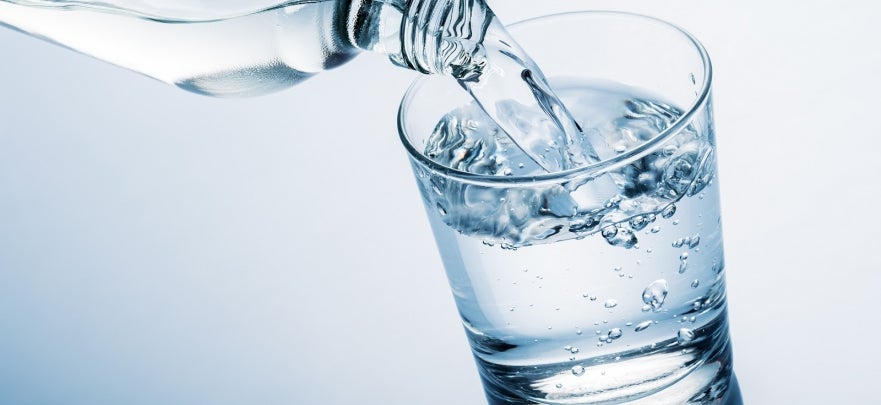Staying Hydrated This Summer
Summer is knocking on the door, bringing vacations, barbecues, sports, and high temperatures. While enjoying long days in the sun is great, dehydration is sneaky and can hit at any moment. Mixing summer sun and hot weather is the perfect recipe for dehydration, electrolyte imbalances, and possibly heatstroke. These happen more often than you might think.
Much of the time under-hydration occurs in children and adolescents. And the chance of under-hydration increases when they, and adults too, are on the playing field.
So, this summer let’s prepare and improve the hydration game with the following tips:
1. Hydration-boosting nutrients
Staying hydrated requires more than just water. Electrolytes and carbohydrates also play important roles in absorbing fluids. Additionally, electrolytes—sodium, chloride, potassium, magnesium, and calcium—are vitally important for healthy nerve and muscle function. The good news is there are numerous beverages available containing electrolytes and carbohydrates.
2. Food. Eat food.
Food, not just beverages, is part of fluid consumption and a major contributor to hydration. Many summertime foods like melons, strawberries, and tomatoes are high in water, minerals, electrolytes, and carbohydrates. A delicious way to improve water consumption is to combine fruits and vegetables in a bottle of water and infuse the flavors. It tastes great and it could also be a sneaky way to get your kids to drink more water.
3. See the pee
Not to be offensive, but the color of your urine is a fail proof way to see if you’re hydrated. Take a quick look at your urine before, during, and after your day in the sun. If the coloring is clear to a light yellow, you’re more than likely properly hydrated. If the urine is dark yellow to almost yellow brown, you’re in need of immediate hydration.
4. Check your weight
Another way to gauge your hydration is by monitoring sweat loss. An easy way to do this is by weighing yourself before and after your activities outside in extreme heat. Sweat loss can result in as much as 1 pound of weight lost. That’s 16 ounces of water gone that needs to be replenished. Optimal weight loss during these activities is less than 1% of your body weight.
5. Drink water the night before
Because dehydration can be so sneaky, why not stay one step ahead and start hydrating the night before. If you have an early morning activity planned, begin your hydration sooner than later as it is best to consume fluids before, during, and after your day in the sun. Remember, you’ve already spent the evening in bed not drinking anything and possibly waking up already dehydrated. So, make it a priority to drink water a couple hours before bed and immediately when you wake up.
6. Choose water when traveling by plane
Summer vacations, with hours in airports and sitting on planes, can cause dehydration. Rushing to leave, chaos in the airport, dry air on the plane, it’s easy to forget about drinking water and becoming dehydrated. A simple solution: Bring an empty water bottle to fill once you’ve passed through security. For good measure, carry a packet of powdered electrolyte to add to your water. Whatever you do, don’t stop at the snack stands or vending machines for your favorite soda or alcoholic beverage. The same goes when you’re on the plane: Avoid the high sugar drinks and stick to water.






